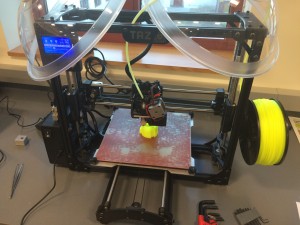October 12
4 Problems With the Way the Media Depicts Poor People:
Out of all three articles this one was pretty accurate on how society ignores poor people. “This escapism – and that’s really what “reality” TV is – takes us away from the realties of our daily, monotonous lives, and enables us to live temporarily in a world wherein our own problems don’t exist. And I get why that’s nice”(Ridgway pg. 1). I can totally relate this quote. As much as I don’t really watch TV, when I do I watch it for pleasure not for knowledge. We typically watch TV to disconnect from our hectic schedules.
In reality, when attending elementary school, middle school, and high school we are learn to become a “middle-class American.” We are rarely informed about the disadvantages many have in society. As mentioned in this week’s readings, not everyone has the same access to the same level of education many of us receive. I don’t blame us for not knowing enough about the poor and those living with benefit assistance. We are not raised to really know about the financial situations that the poor or low income families have. I’m guilty too, we usually blame our fellow human beings for their disadvantages. For example, “Well if they focused on education, they could have done better in life,” ” They chose that life because they had children too early.” Not all situations can be justified; however, there are several that are not known because we lack the knowledge to understand them. Like media, education isn’t diverse because we are raised to be “middle- class” and are not told that many will not be “middle-class.”








